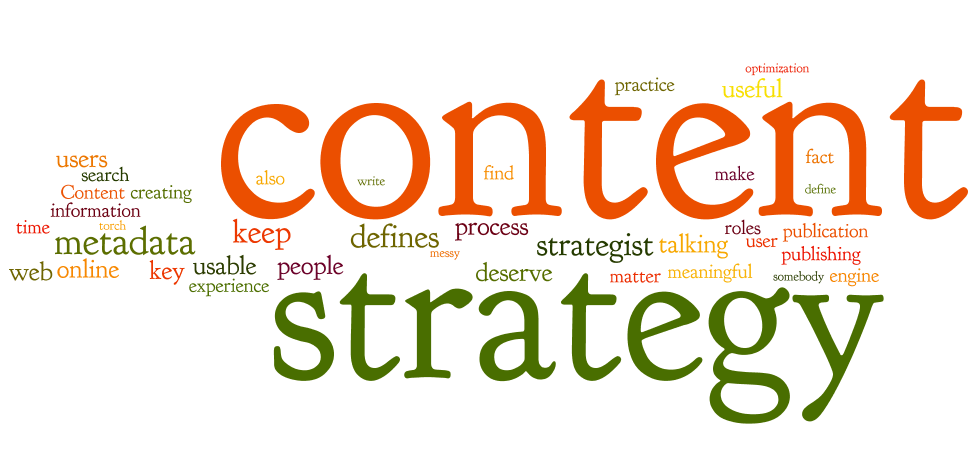 Reading Time: 3 minutes
Reading Time: 3 minutesIf you want to grow your online presence but aren’t using analytics, it’s time to start. Analytics packages, such as Google Analytics and Adobe Analytics, can work wonders for marketing strategies. They can show who has been at your site, when they were there, how they got there, and where they were located. This information is excellent for the marketing department; it helps them develop a target audience. But how can it help with the content of the site?
Content is a huge factor when it comes to a marketing strategy; in other words, content and marketing strategies are interrelated. The content should promote the marketing and vice-versa. By reviewing analytics on a constant basis, marketing strategists can gain an understanding of what content is working well and what content is falling flat, which can determine parameters for the development of future content.
Marketers and content creators can review the past to plan for what’s ahead. There are several strategies that can help them develop traffic-driving future content.
Developing Long-term, High-quality Content
Many companies scramble when a new search engine update roles out, quickly renovating or revisiting their content to ensure they place well on sites like Google and Bing. However, there’s a better way to stay ahead of the curve.
These algorithm changes exist to weed out inferior material and connect readers with the genuine answers they’re looking for as soon as possible. Thus, by focusing on your audience’s pain points and delivering value through everything you create and share, you can expect a reasonable degree of success with your content strategy.
Though the rules do change, you can expect a few trends to play out and grow in popularity over the coming years: relevancy is more important than keyword saturation; the mobile experience is likely to be a significant ranking factor; and visual media elements (i.e., graphics, videos, etc.) will be more effective for readers and search engines.
This all boils down to meeting your audience where it’s at and understanding it – which is why we use analytics. Are your users searching mostly on their mobile devices? Your website better be responsive. Are they more likely to engage with an illustrated infographic? Do your best to provide that material.
Check Out Your Analytical Segmentation
Analytical segmentation can open a lot of doors when it comes to discovering who’s visiting your site. It can also help you understand why people are visiting. Segmentation breaks people down into smaller groups so marketers can adjust campaigns to appeal more to certain segments. It would be impossible to appeal to everyone; segmentation makes it easier to drive traffic to your site by focusing on specific demographics.
Analytics cover the basics of those coming to your site: age, gender, and location. Owners can look at these demographics and decide who is coming to their site. Once they have an understanding of this, they can develop content that appeals to that group. Analytical segmentation can also tell owners about the personalities and lifestyles of visitors. Writers can get content on the site that appeals to the social identities of target consumers, driving the right traffic to the site.
Writers can also use this information to build links throughout these pages. This can cultivate trust on a website; if users can see where the site is getting its information and that it’s a reputable source, they’re likely to return. Have a lot of students visiting your site? See if you can backlink to .edu sites. If your site is specifically attracting accounting majors, backlink to accounting journals or publications. This tactic builds your credibility and their loyalty.
Owners can also analyze if people are returning or new users and how they’re getting to the site. Content can be optimized to appeal to those using smartphones, or it can be used to draw new readers in.
Plan for the Future by Looking at the Past
Owners can use analytics to discover how many page views content receives. Which articles, blogs, or other material had the highest views in the past? Writers can use this information to produce similar content. While creating fresh and original material is daunting, especially with the availability of information on the internet, owners can use analytics to dig up past posts that have done well and put a new spin on them for the current market.
These individuals should also keep up to date on queries and landing pages. Queries analyze content and show which keywords you rank for, but they can also show the impressions you’re receiving, the number of clicks you’re getting, and your click-through rate.
Landing pages do the same thing, except they look at whole pages instead of content. Content strategists can analyze this information and decide what’s working for them and what’s not.
Take the Time
As a site owner or marketer, take the time to sift through the wealth of information offered by analytics. Analytical review may heavily influence your content strategy and the future of your site in a positive way.




